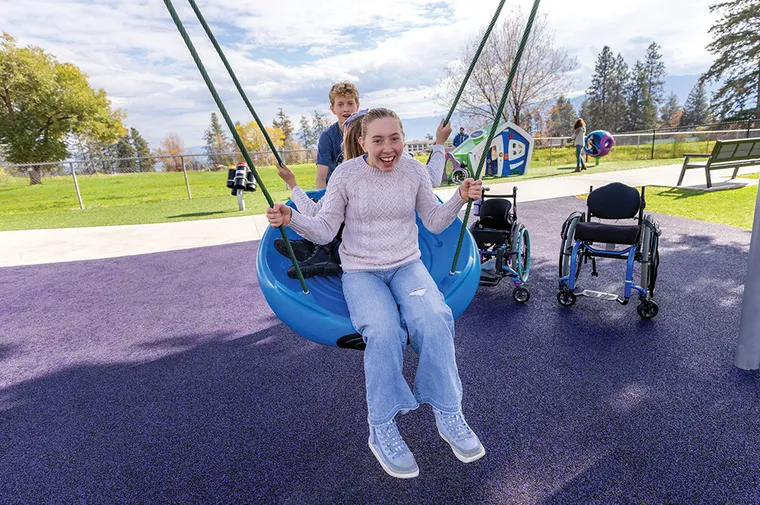Creating remarkable, inclusive play spaces for everyone in your community
When you envision a playground in use, what do you see?
Is it a group of children frolicking while climbing on equipment, or is it a more complex scene, with kids high in the air on swings, a parent pushing a stroller nearby, a family sitting quietly on a bench to peacefully soak up the sunlight, and perhaps even a grandparent rushing down a slide with a grandchild?
If you don’t see something like the second scenario, you may not be thinking inclusively.
True inclusion means ensuring every family and community member, regardless of age or ability, is part of that picturesque setting. It means building play environments that go beyond Americans with Disabilities Act (ADA) requirements to foster play, meaningful interaction, and belonging for everyone who visits the space. ADA compliance, while critical, should be merely a starting point. It ensures users can reach a play structure. Thoughtful, inclusive design ensures they can actively engage once there.


